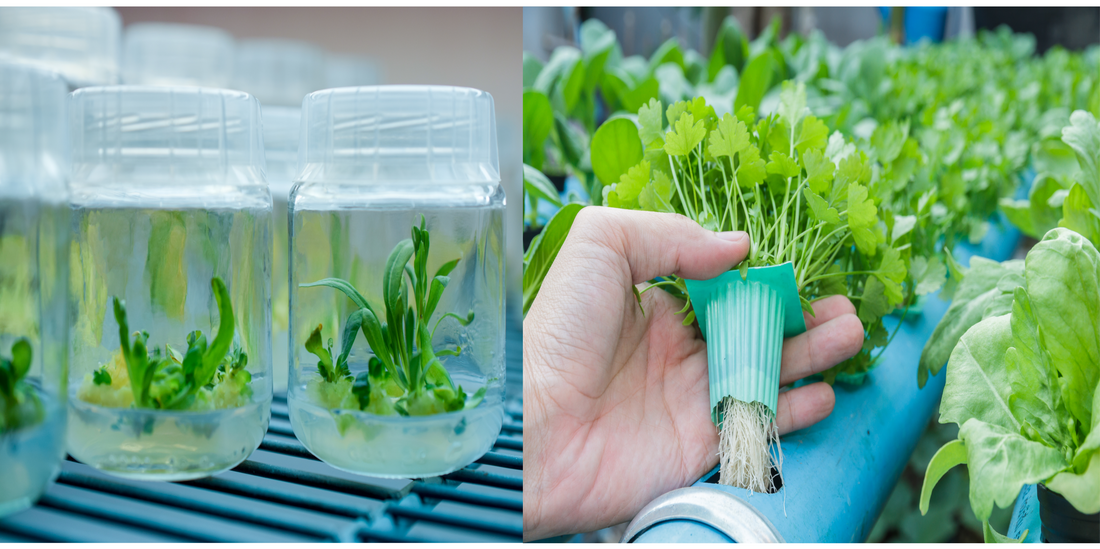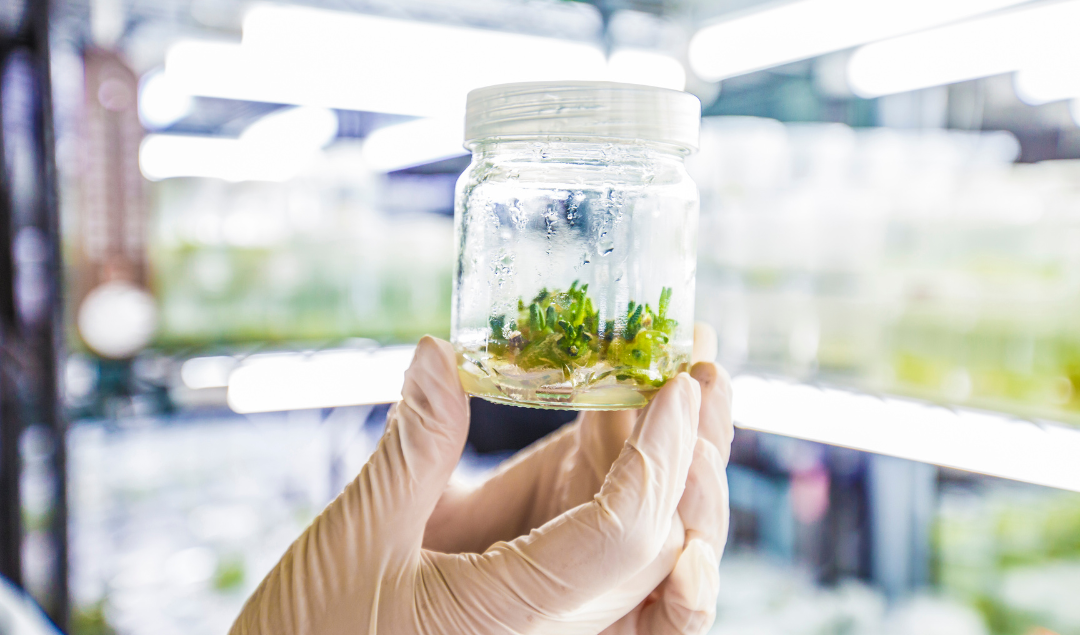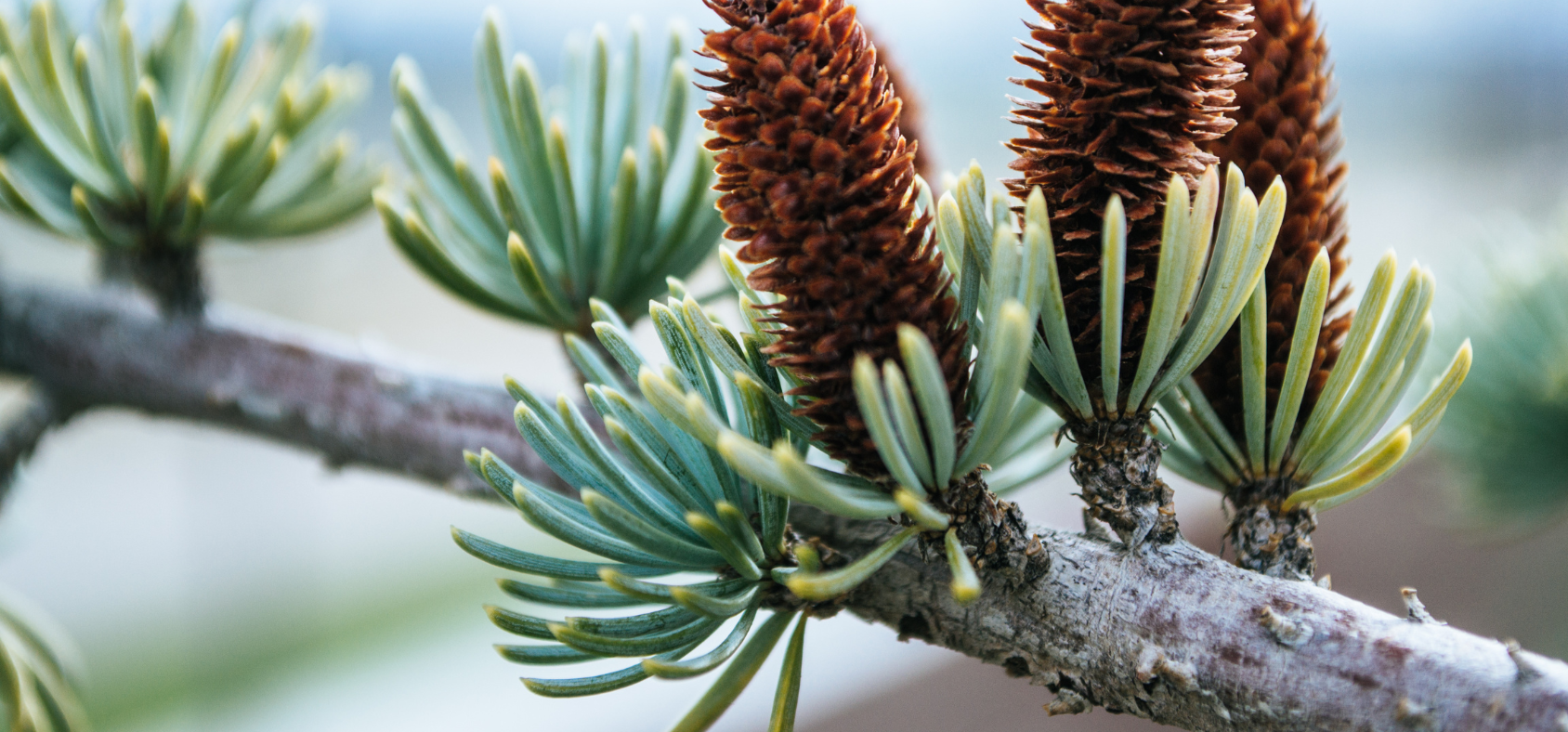
Hydroponic System vs Tissue Culture Techniques of Plant Propagation
As a content and community manager, I leverage my expertise in plant biotechnology, passion for tissue culture, and writing skills to create compelling articles, simplifying intricate scientific concepts, and address your inquiries. As a dedicated science communicator, I strive to spark curiosity and foster a love for science in my audience.


Two ways to replace soil as a medium and grow plants without them. Two such prominent techniques are hydroponics and tissue culture, which provide more and better control over the growth of plants.
Hydroponic is a technique in which plants are solely grown in water containing essential nutrients required for the growth and development of plants.
Overview
Naturally, you would have seen plants growing in soil, in natural conditions, and maintained by farmers.
But, do you know there are other means as well to grow the plants?
Yes!
You must be knowing scientists love playing with the things around, juggling how the natural system works, and how tweaking them a bit can create changes.
And, in their effort of doing so, intelligent people found ways to replace soil as a medium and grow plants without them. Two such prominent techniques are hydroponics and tissue culture, which provide more and better control over the growth of plants.
Hydroponic is a technique in which plants are solely grown in water containing essential nutrients required for the growth and development of plants.
Tissue culture is an in vitro technique that utilizes the totipotent property of plant cells to grow an entire plant by using only a few tissues under complete aseptic conditions and in a suitable environment.
In this article, you will further learn in-depth about the techniques including their workings, advantages and disadvantages, and the difference between them.
Hydroponic Culture System
Hydroponic systems work on the principle of providing plants with what and when exactly they need. They provide more control over the environmental condition of the plants such as temperature and pH to expose the plants more to nutrients and water. Furthermore, it also allows you to adjust the intensity and duration of the light.
All environmental conditions are adjusted in a way to boost plant growth and development in a more efficient way.
The hydroponic system removes all chances of plants getting infected with the pathogens living in the soil and also protects them from rodents and pests attacking plants. Furthermore, it also prevents the chances of plants dying in the soil due to the mechanical resistance they face in the early stage of their growth.
The hydroponic systems are of the following types:
- Deep water culture systems
- Wick systems
- Nutrient film technique systems
- Ebb and flow systems
- Drip systems
- Aeroponics
The hydroponic system is more favorable to grow plants like leaf lettuce, spinach, peppers, watercress, peppers, tomatoes, celery, strawberries, and some other herbs.
Components of Hydroponic System
To efficiently run a hydroponic system you need the following components:
Growing mediaHydroponic systems require inert media (a media containing zero nutrients). The media is required to support the plant's weight and anchor its roots. The media do not provide any independent nutrient to the plants and often their pH is also kept in a neutral state to prevent the pH balance of the nutrient solution. A spectrum of hydroponic media can be easily bought from offline and online stores.
Net potsThese are also known as plant holders in hydroponic systems. These mesh planters allow plants to grow out of the sides and bottom of the plant, providing better exposure to oxygen and nutrients. They are also extremely helpful in drainage compared to other systems such as plastic pots.
Air stones and pumpsAeration of the water is necessary to prevent plants from being completely submerged in the water. To serve the purpose air stones are added to water that disperses tiny bubbles of dissolved oxygen throughout the nutrient solution reservoir. The air stones are attached to air pumps via opaque food-grade plastic tubing. The air stones also help in distributing dissolved nutrients in the solution.

Figure: A schematic diagram of all the components of the hydroponic system.
Tissue Culture of Plants
Tissue culture is an in vitro plant propagation technique. In this method, explants (plant tissues or plant parts of around 1-2 cm) are cultured in an artificially controlled environment in complete aseptic condition.
The technique has been in use and practiced since 1922. Since then, it has been used to grow a host of plants, from each of its categories including ornamental plants, horticulture plants, and fruit trees. It’s mainly used to serve purposes, such as:
- Growing plants at a commercial scale
- Producing disease-free plants
- Conserve plants species
- Obtain haploid plants
- Produce hybrid plants
- Grow plants irrespective of their seasons
- And, much more!

Figure: An illustration of a plant tissue culture process.
Types of Tissue Culture Techniques
Tissue culture is of different types, each serving different purposes:
- Meristem culture: In this method, the meristem of the plants are cultured in an artificial condition. It’s preferable for disease elimination cases.
- Organ culture: In this method, any organ of the plants, including stem, root, or leaves, are cultured in an artificial condition. It’s used to preserve the structure and functions of the desired plant.
- Callus culture: Callus is an undifferentiated mass of cells. It’s obtained when explants are cultured in a controlled artificial environment that later leads to the formation of plant organs.
- Seed culture: Here, seeds are cultivated on an artificial medium for plant regeneration.
- Protoplast culture: In this method, protoplasts from the plant parts are collected and cultured first for cell wall development and tissue differentiation, which is again followed by plant regeneration.
- Embryo culture: This approach utilized embryos of the plants that are sterilized and cultured on suitable culture media for plant development.
How Is Plant Cell Technology Helping Culturists Worldwide In Their Tissue Culture Application?
Plant Cell Technology is helping tissue culturists around the world by providing unique and world-class products and services that smoothen their process. It has MS media, agar, gellan gum, Plant Preservative Mixture (PPM), culture vessels, Biocoupler (TM), and masks in its store to facilitate your processes.
And, that’s not it! Plant Cell Technology also offers consultation services to culturists of all sizes that help to get instant solutions to your tissue culture problems.
So, visit plantcelltechnology.com today and find out more about our product and services and how they help you to excel in your tissue culture processes.
Happy Culturing!!
Blog Categories
View by Level
Popular Blogs

Media pH: Why It Matters More Than You Think in Plant Tissue Culture
Introduction Plant tissue culture is a cornerstone technique in modern plant biotechnology, enabling the propagation of plants under sterile and...
Read More
Can We Grow Wood in a Lab? The Future of Tissue Culture in Forestry
Introduction Wood has long been a cornerstone of human civilization—used for shelter, tools, paper, energy, and countless everyday items. However,...
Read MoreSubscribe to Our Newsletter







Join the conversation
Your email address will not be published. Required fields are marked